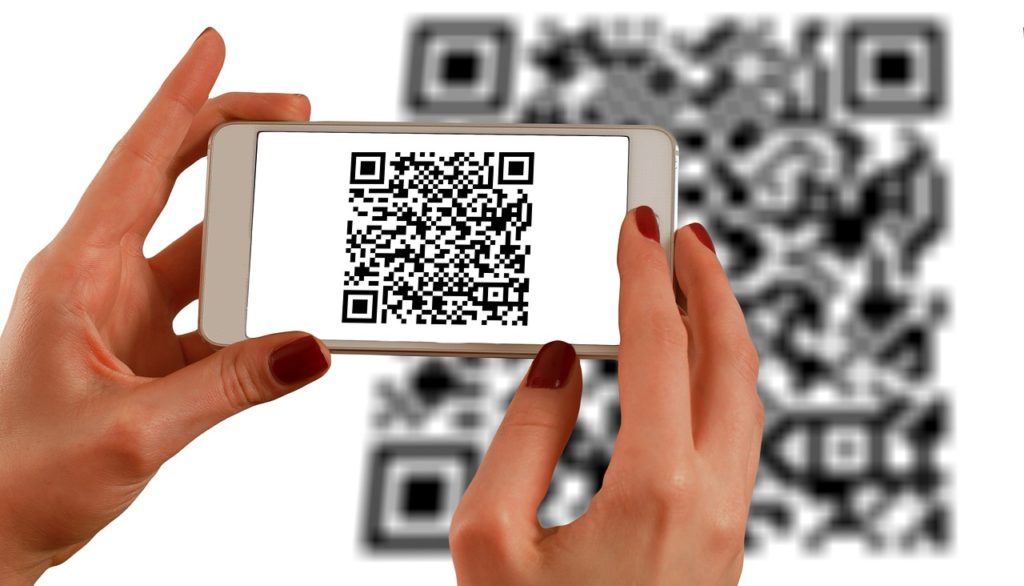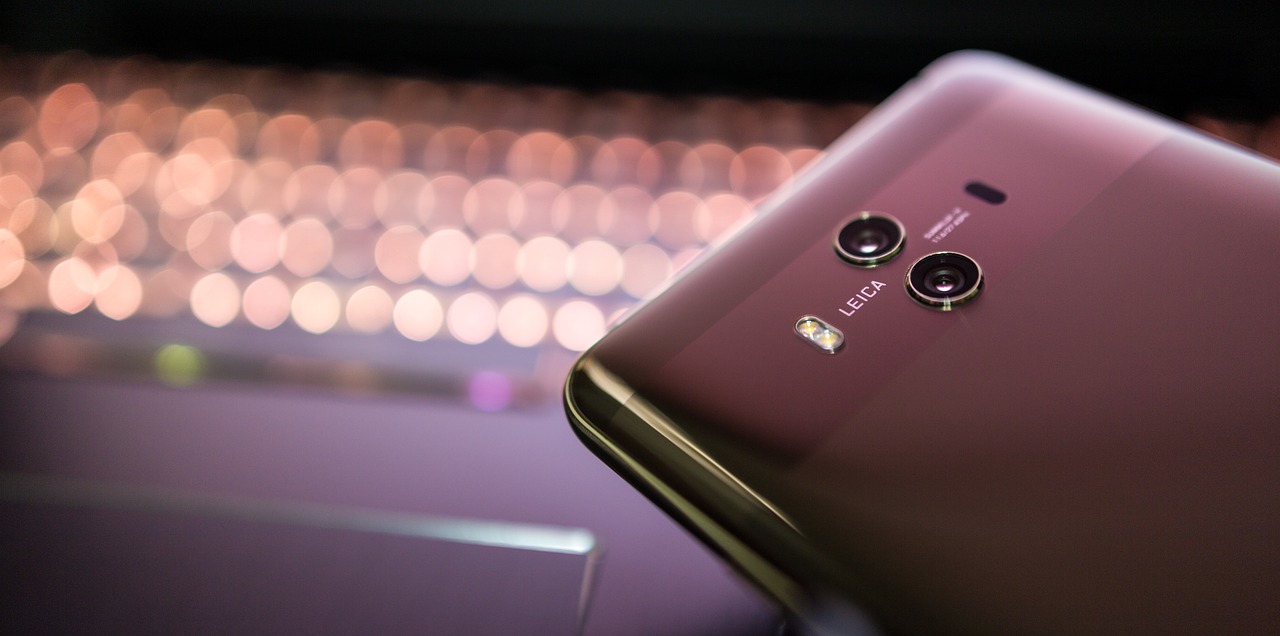One of the many great new features users can expect from iOS 12—currently available as a public beta and soon to be released in its final version—is an improved QR (quick response) code reader. The QR code reader was first introduced in iOS 11, but iOS 12 makes the feature even simpler and more convenient to use. Rather than pointing your camera at a QR code box, for example, iOS 12 simply highlights the code for you in the frame so you’ll know the code has been detected. And for easier access, you can add the QR code reader feature directly into your Control Center.
If you’re a frequent user of QR codes, you’ll welcome these improvements, but if you’re not, you might find yourself wondering what exactly a QR code is and how it works. To learn more about these neat little black and white squares, read on for nine fun facts.
-
QR codes were created in 1994.
The Japanese firm Denso Wave, a specialist in developing and manufacturing automatic data-capture devices, created the QR code in 1994. The original impetus behind the creation of the codes was to make it easier to track vehicles during manufacturing by using a high-speed scanning process for their components. The idea took off, and QR codes are now used for a broad range of applications all around the world.
-
QR codes are a more sophisticated version of a bar code.
The best way to understand QR codes is to think of them as a physical link to more information, just like a URL is a link to more information. But although it’s a common misconception, QR codes are not the same as bar codes. While bar codes are one-dimensional, QR codes are two-dimensional, carrying information horizontally as well as vertically. This means they can encode the same amount of data as a bar code in about one-tenth of the space, which is essential for encoding more complex things like websites, plain text, contact information, or images.
-
QR codes can be just about any size.
When it comes to size, the only real requirement for a QR code is that it can be read by a mobile phone or other scanner. This means that the smallest QR code size is about 0.4 inches by 0.4 inches—much smaller than this and a scanner might not be able to decode it—but there’s really no upper size limit. For example, in celebration of its 100th birthday, the car company Audi assembled a QR code that was 159 square meters; to do this, the company had 130 staff members hold code panels above their heads.

-
QR codes can be read from any angle…
One of the coolest things about QR codes is that they can be read from any orientation; in other words, you can point a scanner at them from anywhere and it will be able to decode the information. This is because the small squares that make up a QR code are known as “position detection patterns,” which enable stable, 360-degree, high-speed reading.
-
…but they need “quiet.”
However, QR codes do need what is known as a “quiet zone” in order to be properly decoded. If a QR code is located right next to a piece of text or an image, this “clutter” could confuse a scanner and cause problems with decoding. This is why it’s important to leave some blank space all around a QR code to ensure readability.
-
QR codes don’t have to be black and white.
For a QR code to be scanned and decoded, the contrast between light and dark areas just has to be significant enough for the code reader to detect. This means that it’s not necessary to use black and white; any two colors that have sufficient contrast will work.
-
QR codes can be static or dynamic.
You might think that the content of a QR code is fixed, like a bar code, but in fact, the content of some QR codes can be changed. These codes are known as “dynamic” QR codes—in contrast to “static” QR codes. Dynamic codes are often described as “recyclable” because they allow the content that the QR code links to to be changed without having to physically reprint the code itself.
-
QR codes don’t have to be perfect.
Impressively, QR codes have an error correction capability of up to 30%. This means that even if the QR code sustains some damage, a scanner can still decode it. Some brands are using this feature to their advantage by inserting their logo or other small marketing images directly into the QR code: the code can still be read, and the logo serves as a clever way identify codes.
-
There are QR codes on tombstones.
Tombstones are perhaps one of the most unusual applications for QR codes. The Japanese company Ishinokoe offers tombstones that come complete with QR codes; the built-in codes allow visitors to the tombstone to access a mobile site featuring family information, photos, a guestbook, and other extras.

